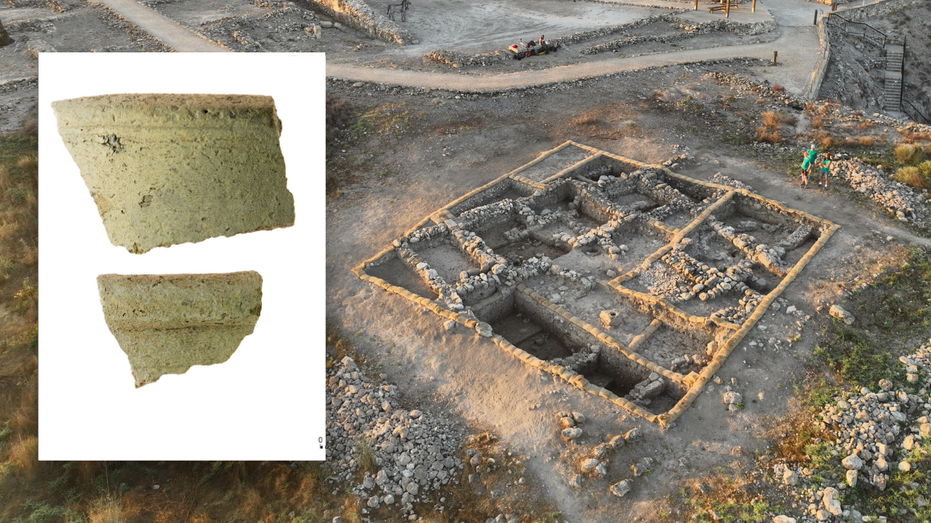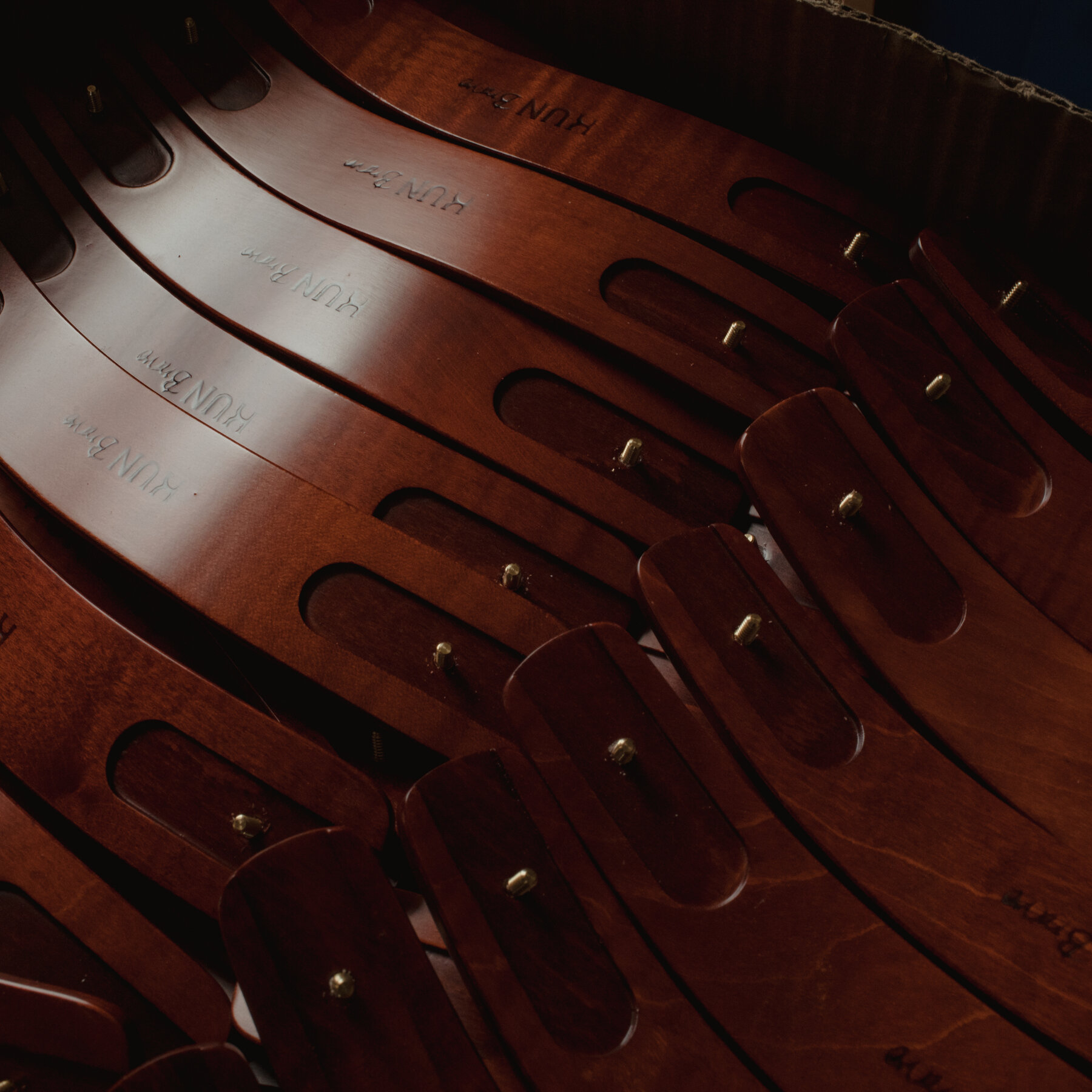Archaeologists believe they have uncovered evidence of an ancient biblical battle, all thanks to a few broken fragments found in a curious location.
The artifacts, which mostly consist of Egyptian pottery, were found during a recent excavation of the ancient city of Megiddo in northern Israel. The site is said to contain over 30 layers of various settlements, dating back from the Copper Age to World War I.
Tel Megiddo was the location where Josiah, the king of Judah, famously fought the Battle of Megiddo in 609 B.C. The Jewish leader was defeated and killed by the army of Egyptian Pharaoh Necho II.
PLUMBER STUMBLES ACROSS HOARD OF ANCIENT COINS IN FIELD: ‘ONCE IN A LIFETIME FIND’
The story of the battle is told in the Second Book of Kings in the Old Testament, but Megiddo is also referenced in the Book of Revelation. The site is referred to as “Armageddon,” closely related to the Hebrew phrase “Har Megiddo,” which translates to “mountain of Megiddo.”
Megiddo is said to be the location where the prophesied Battle of Armageddon will be fought between the kings of Earth and God. But while archaeologists cannot prove that the site will be the location of a battle during the end times, they believe they may have found proof of the Old Testament story.
Dr. Assaf Kleiman, a senior lecturer at Ben-Gurion University of the Negev in Israel, told Fox News Digital he believes the pottery fragments belonged to the Egyptian army that defeated Josiah.
ANCIENT ROMAN HELMET TURNS UP IN UNUSUAL LOCATION: ‘EXCEPTIONALLY RARE’
The findings consist of “significant quantities” of Egyptian-produced broken vessels dating back to the late 7th century B.C., close to when the Battle of Megiddo was fought.
Instead of the fragments being proof of a trade relationship, Kleiman believes that they were brought in by Egyptian troops rather than being imported into the territory.
The expert cited the “crude production technique, functional mixture, and the lack of similar evidence in nearby settlements,” as key reasons why they believe the artifacts were brought in by an army.
For more Lifestyle articles, visit foxnews.com/lifestyle.
“The exposure of so many Egyptian vessels, including fragments of serving bowls, cooking pots, and storage jars, is an exceptional phenomenon,” Kleiman explained.
“We, therefore, understand it as representing Egyptians who settled at Megiddo in the late 7th century, maybe as part of an army force that arrived at the site following the collapse of the Assyrian Empire,” he added.
He also said that the Grecian pottery may be proof of Greek mercenaries in the Egyptian army, which was not unheard of at the time.
CLICK HERE TO SIGN UP FOR OUR LIFESTYLE NEWSLETTER
“Service of Greeks, probably from western Anatolia, in the Egyptian army of the 26th Dynasty is referred to in both Greek [from Herodotus] and Assyrian sources,” Kleiman noted.
“The possibility of the participation of such mercenaries in the killing of Josiah may be hinted in prophetic works in the Bible.”
Kleiman also explained that the Egyptian settlement at Megiddo “did not last long” and that the building where the artifacts were found was likely abandoned decades later. The broken vessels were probably left as litter.
Though Kleiman noted that there’s no non-biblical proof of Josiah, Kleiman asserted that the king’s existence “has never been doubted in biblical and historical scholarship.”
“We can also note that literacy was more common in that era, and thus his reign was most likely documented by scribes who witnessed the events in real time,” Kleiman said. “Evidence for Necho’s presence in the Levant and the battle against the Babylonians in Carchemish, where the Egyptians lost, is documented in the Babylonian chronicles as well as in the Bible, in Jeremiah and Kings.”
Archaeologists plan to do more research into the site’s Bronze Age roots.
Kleiman also found evidence to believe that some members of the Ten Lost Tribes of Israel were not all expelled to Mesopotamia in the 7th century B.C. and actually may have stayed in Megiddo.
“Our excavations demonstrated continuous production (and consumption) of similar locally-style vessels at Megiddo, especially cooking pots, also under imperial rule,” he explained. “This suggests that the social fabric of Megiddo in the Assyrian Era must have been composed of a significant portion of local populations, who were not expelled by the Assyrians and who lived alongside deportees brought in by the empire.”

















Leave a Reply